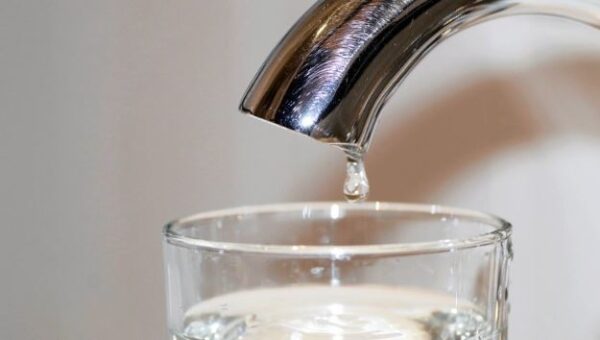Lifestyle
The best and worst provinces for water standards in South Africa

The Department of Water and Sanitation (DWS) has released its latest findings regarding water standards in South Africa.
As reported by Business Tech, nearly half of the country’s municipalities are not complying with acceptable drinking water standards.
This means that nearly half of all drinking water in South Africa should be boiled before consumption.
The DWS’s Blue Drop Watch Report, investigated 144 Water Services Authorities (WSA) and supply systems across South Africa’s nine provinces.
Of those, 277 out of 958 (nearly one-third) were identified as being in critical condition for water standards in South Africa.
Water standards in South Africa
On a positive note, however, more than half of the country’s water systems attained an excellent or good rating. Yet, 46% failed to meet the required standards and were labelled poor or bad.
How provinces are scored
A 95% Blue Drop score is considered exceptional and receives a certificate. But a score less than 31% means the system is in a critical state and worthy of regulatory action. The Eastern Cape received no Blue Drop certificates. Nor did the Free State.
Western cape top
Twenty-five WSAs with 124 water supply systems supply 6 241 092 residents. And the Western Cape is home to the highest water standards in South Africa. The best-scoring WSA is Overstrand LM. Fifteen Blue Drop certificates were awarded across the province.
They are for Berg Rivier LM, City of Cape Town MM, Drakenstein LM, George LM, Overstrand LM, Saldanha Bay LM, Swartland LM and Theewaterskloof LM. Beaufort West LM and Breede Valley LM, however, were the two WSAs (8%) – along with eight supply systems – defined as being in a critical state.
Gauteng
14 million people rely on drinking water in Gauteng and it generally performed well in the report. No WSA or water supply systems were classified as critical. Ekurhuleni, Greater Johannesburg and Meyerton all received Blue Drop certificates (95% and above) for their supply systems.
Water standards are something of a mixed bag in KwaZulu-Natal. Blue Drop certificates were awarded for Dolphin Coast Ballito (Siza Water and Umgeni Water), Msunduzi LM, and uMgungundlovu DM. However, four WSAs and 21 water supply systems are in a critical state.
Concerns further north
Limpopo is home to 26 water supply systems and five WSAs that are considered critical. While no facility was awarded a Blue Drop certificate, only two WSAs (Bela-Bela LM and Vhembe DM) improved their ratings, according to the report.
Mpumalanga has four WSAs and 34 supply systems that are considered to be in a critical state. But four supply systems in the province received Blue Drop certificates, too. They were Karino Water Treatment Works, Matsulu, Nelspruit Supply System and Primkop WTW.
One supply system in the North West, namely Potchefstroom, received a Blue Drop certificate. Meanwhile, one WSA and seven water systems were declared in critical condition: Dr Ruth S Mompati DM, Kgetlengrivier LM and Ngaka Modiri Molema DM.
Be cautious
Finally, the Northern Cape is home to eighteen WSAs and 123 water supply systems in a critical state with zero Blue Drop Certificates awarded, making it the worst province in the country. The report warns that in some municipalities, all of the water supply systems were flagged as critical, which could lead to illness like 2023’s outbreak of cholera.
What do you think of these water standards in South Africa? Be sure to share your thoughts with our audience in the comments section below.









